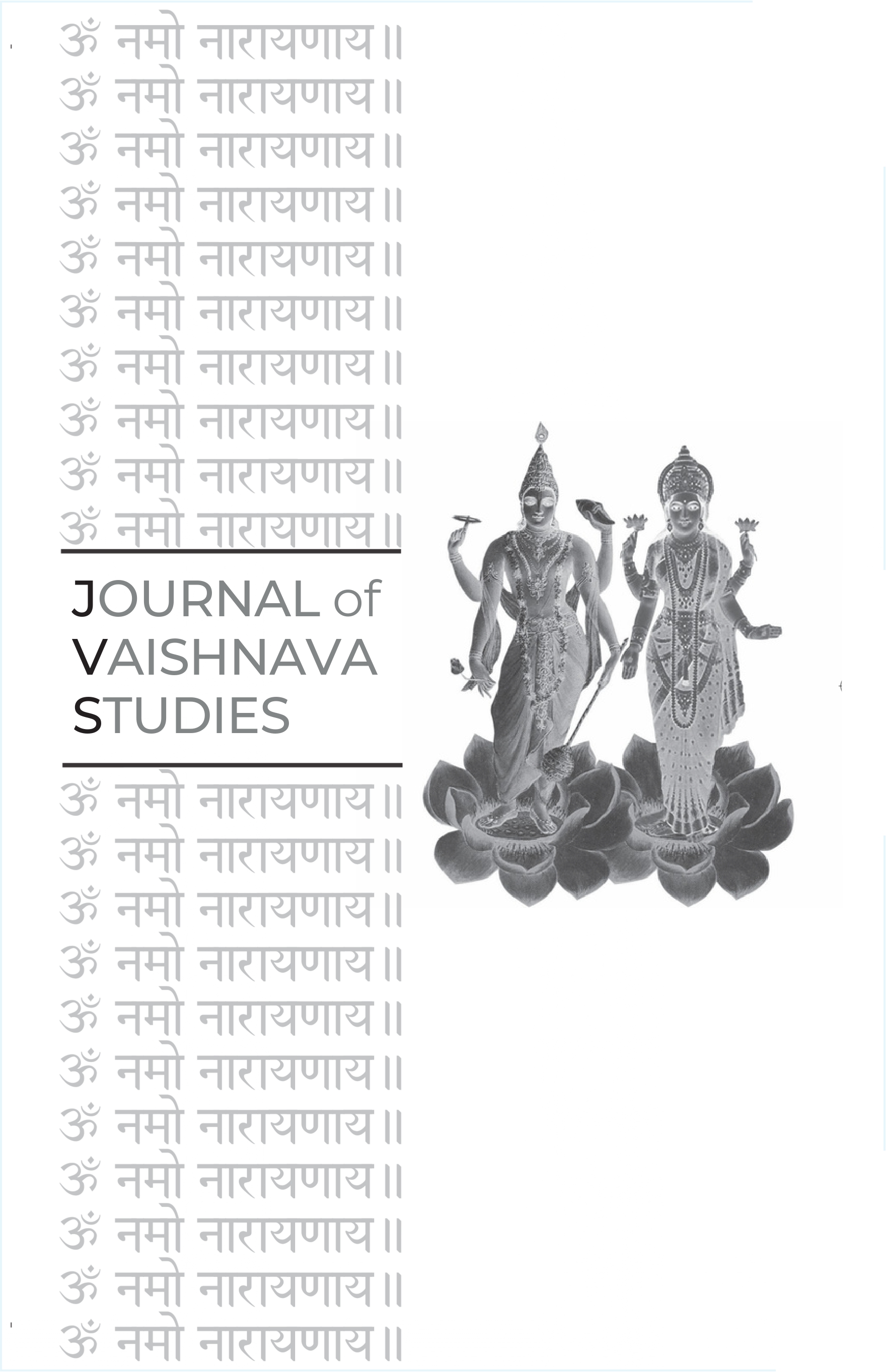Vedāntic Backdrop of Patañjali’s Yoga Sūtras
Keywords:
Patañjali, Yoga Sūtras, Vedānta, Upaniṣads, Sāṅkhya, Īśvara, Brahman, Meditation, Liberation, History of YogaAbstract
This article explores the Vedāntic and Upaniṣadic foundations of Patañjali's Yoga Sūtras, challenging the common scholarly tendency to analyze the Sūtras in isolation. It argues that Patañjali's work, while focused on systematizing meditative practices, is deeply harmonious with the broader Upaniṣadic corpus, particularly regarding concepts like Īśvara. The paper traces the historical development of Yoga and Sāṅkhya from the Ṛg Veda, Upaniṣads, and Mahābhārata, demonstrating their intertwined origins and shared goal of liberation through knowledge and meditative techniques. It highlights that early Sāṅkhya and Yoga traditions, contrary to later non-theistic interpretations, often accepted Brahman or a personal Īśvara as the ultimate reality. Patañjali's apparent silence on Brahman is attributed to his focus on practical yogic methods rather than redundant metaphysical expositions. The article concludes that Patañjali's Yoga Sūtras represent a systematization of pre-existing, predominantly theistic, yogic traditions within a larger Vedāntic framework.Published
2019-12-13
Issue
Section
Articles





